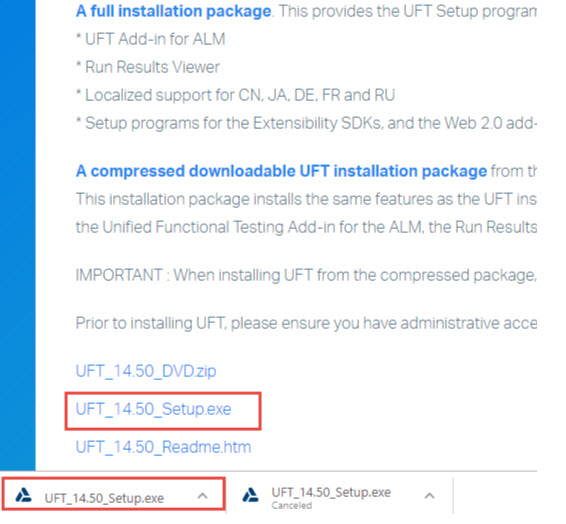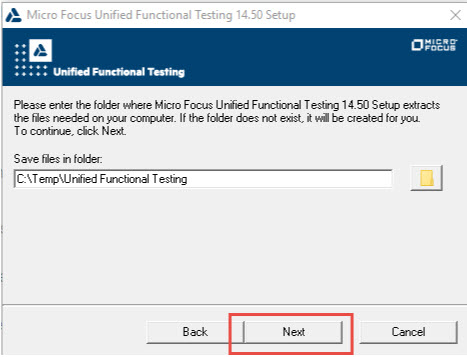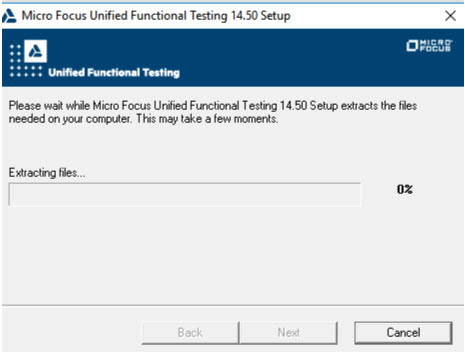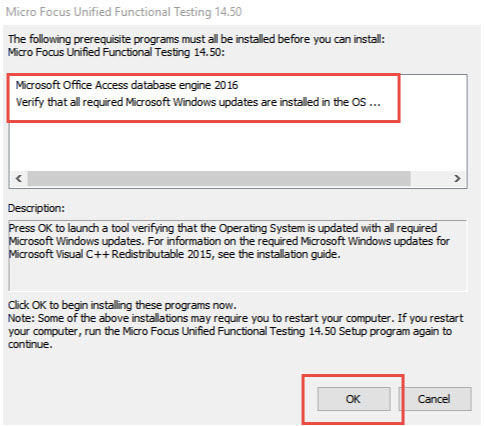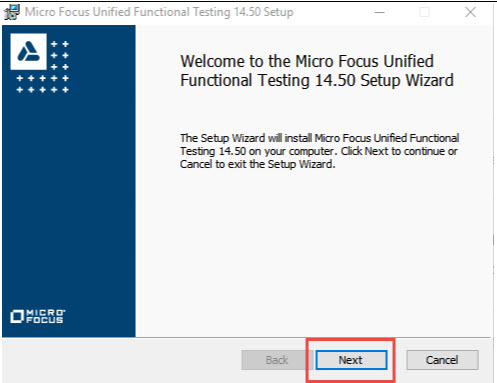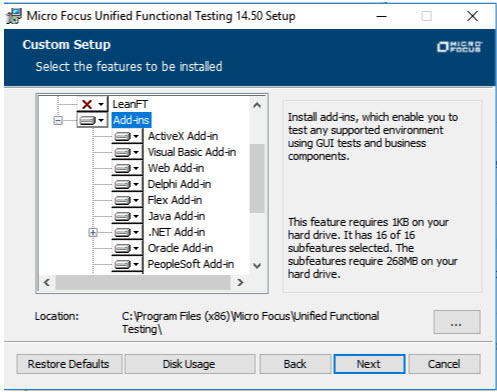Assignment 1 ) —– Portfolio Assignments
Preface
Listed below are areas of concentration for MSDF-630 202 Portfolio Assignment. Keep in mind that the portfolio research concentration is an essential segment of the course. Two research topics are created for you, and I hope that your professional effort will be represented in this project. Portfolio projects consist of the following three unique phases:
- Profile.
- Research Question 1
Investigation of Alabi, Time as Alibi and Location as Alibi.
- Research Question 2.
Cybercrime Law, Computer-Integrity Crime, Fraud, and Abuse.
Portfolio Project
Profile: Required
Group 1. Research Question 1
Group 2. Research Question 2
Group 3. Research Question 1
Group 4. Research Question 2
- Each student Must submit two (2) successful completed documents (here):
- Profile
- Collaborative Group Assignment.
Phase 1: Student Professional Profile
- Portfolio
- Full-Name
- Profile
- Status: Graduate or Post-graduate
- Academic areas concentration
- Current Professional Career Path
- Professional Career Path Completion Upon successful completion of your studies at the University of the Cumberlands.
- Research Question 1.
Investigation of Alabi, Time as Alibi and Location as Alibi.
Preamble
Alibi is a Latin acronym, meaning somewhere else and someone other than the culprit. A scenario that identifies the perpetrator of a crime to be someone or somewhere else other than where the crime took place. Criminal activities involving location, login and logout time, illegal behaviors, can be easily tracked by use computer and internet technologies.
- Offenders and their Alabi are often naive and ignore the fact that telephone companies always keep records of the number dialed, the time and duration of the call, and caller’s number.
- Offenders and their Alabi are oblivious and unaware of the fact that credit card corporations keep records of the dates, times, and locations of all purchases, banks keep track of the dates, times, and locations of all deposits and withdrawals, and dates, times, and locations reside on computers for an indefinite period. Customers receive a report each month with detailed information in the form of a bill and financial statement.
- Offenders and their Alabi are often neglectful of the fact that when an e-mail message is sent, the time and originating internet protocol (IP) addresses are noted in the header and log files that contain information of the past and current activities.
Forensic investigator must be vigilant at all times and try to acknowledge and recognize criminal Modus Operandi (MO) motive, intent, and ability to manipulate and change contents of the conclusive evidence and create false Alibi to amplify deceitful schemes. During the investigation of an alibi, the first step is to secure access to the data and information on the computer workstations, file servers, protocol, and network system.
BOOTP is the computer network designed to control and monitor which computers and specific internet protocol (IP) addresses. The BOOTP is a networking protocol used to automatically assign an IP address to network devices from a configuration server. Furthermore, BOOTP is often configured to synchronize their clocks regularly with exactly accurate time satellites and create a log in case of any discrepancies.
Dynamic host configurations protocol (DHCP) server is designed to automatically assign IP address and other information to each host on the network, communicate efficiently with other endpoints. Furthermore, the DHCP system allows anyone to change their clocks and does not keep logs of time changes. A DHCP server enables computers to automatically request IP addresses and networking parameters from the internet service provider (ISP), reducing the need for a network administrator and a user to assign IP addresses to all network devices manually.
Situation 1: Investigation of the Victim, Alibi, and Conspirator.
Alibi defense does not play an essential role in a conspiracy theory. Conspiracy is an agreement between two lawless persons to commit a crime, and one of the parties must agree to engage in an overt act in furtherance of the crime.
Research Question 1:1. Develop a measurable research framework relative to the user computer and internet technologies, criminal Modus Operandi, (MO) motive, intent, conspiracy theory, and dynamic host configurations protocol (DHCP) server to amplify conclusive evidence in court.
Research Question 1:2. To what extent are the significant differences between the Victim and the suspect?
Research Question 1:3. To what extent are the significant differences between the suspect and Alibi
Research Question 1:4. To what extent are the significant differences between Alibi and conspirators?
Situation 2. The Alibi can exercise the constitutional right to remain silent, granting the alibi opportunity to reposition the witness other than the crime scene.
Research Question 1.5. Develop a measurable research framework allowing the forensic investigator to use computer and internet technologies, criminal modus operandi (MO), motive, intent and, bootstrap protocol (BOOTP) to gather data and information on more than one crime scene for the same case.
Situation 3: A Judge can be suspicion of the alibi evidence. The burden of proof often rests on the prosecutor, who must prove that the suspected Alibi is guilty beyond a reasonable doubt. The add-on burden of proof is on the forensic investigator who visited the crime scene.
Research Question 1:6 Develop a measurable research framework relative to criminal modus Operandi (MO) motive, intent, to help forensic investigator’s attempt to bring the suspected criminal to justice, only if the person was guilty.
Research Question 2.
Cybercrime Law, Computer-Integrity Crime, Fraud, and Abuse.
Preamble.
Integrity of evidence, cyber-crime, fraud, and abuse are prefaced on the assumption that computer and internet technologies are designed to make life easier for a public and private organization, the judicial system, and forensic investigators; it has, unfortunately, made life incredibly challenging and enduring in all levels of forensic investigation. Cyber-crime, fraud, abuse, are open-ended criminal operations, allowing unauthorized users to obtain information from various sources against a target organization. Naturally, criminals are endowed with extraordinary skills and expertise to break into any organization’s secured network center. Most criminal are have access automated freeware tools available on computer and Internet and breaks into the organization’s secured network system, data, assets, resources, to make forensic investigation exceedingly tricky. Most organizations and the global community are actively using computer and internet technologies to build four walls around security data storage centers, creating an opportunity for forensic investigator’s ability to produce reliable evidence. Similarly, organizations and the global defensive approach require a proactive plan of action to guide against data breach. This section examines the primary federal statutes used to prosecute cybercrime. The focus is on the Computer Fraud and Abuse Act and the statutes criminalizing identity theft, child pornography, and copyright and trademark offenses (Casey, 2011: 86-95).
Computer Fraud and Abuse Act
The Computer Fraud and Act, Abuse is the primary source of federal law related to computer cybercrimes, and approval of the Computer Fraud and Abuse Act (CFAA) in 1986. The amendments were designed to update specific Arts provisions in light of advancements in computer and internet technologies and to address loopholes that existed in earlier versions of the Act. Criminals gaining unauthorized access to a computer, disseminating malware, launching denial of service attacks, trafficking passwords, and using computers and the internet to commit fraud. Criminals are sophisticated and can intentionally use the computer and internet technologies without authorization.
Research Question 2:1. Develop a measurable research framework of hos computer fraud and Abuse Act (CFAA) can play a role during the forensic investigation and impact on conclusive evidence in court.
Research Question 2:2. To what extent can the computer fraud and Abuse Act (CFAA) of 1986 empowers forensic investigation to bring cyber-crime, fraud, and abuse to justice.
Situation 1.
Naturally, criminals often retain extraordinary skills and expertise to break into any
organization’s secured network center. The criminal fully utilizes automated freeware
tools available on computers and the Internet and breaks into the organization’s secured network system, data, assets, resources, and makes forensic investigation exceedingly.
- These extraordinary skills, expertise, and availability of automated freeware tools are creating a considerable obstacle against the forensic investigation process. We are the nation of law.
Question 2:3. Develop a measurable research framework of amendment items needed to strengthen the computer fraud and Abuse Act (CFAA), and expand forensic investigator authority over criminal activities.
Assignment 2 ) —– Attached a document below, please take a look
Assignment 1 is Due on 12/6/2020 and Assignment 2 is due on 12/3/2020
NO PLAGIARISM
FOLLOW APA FORMAT
Need 3 Pages


